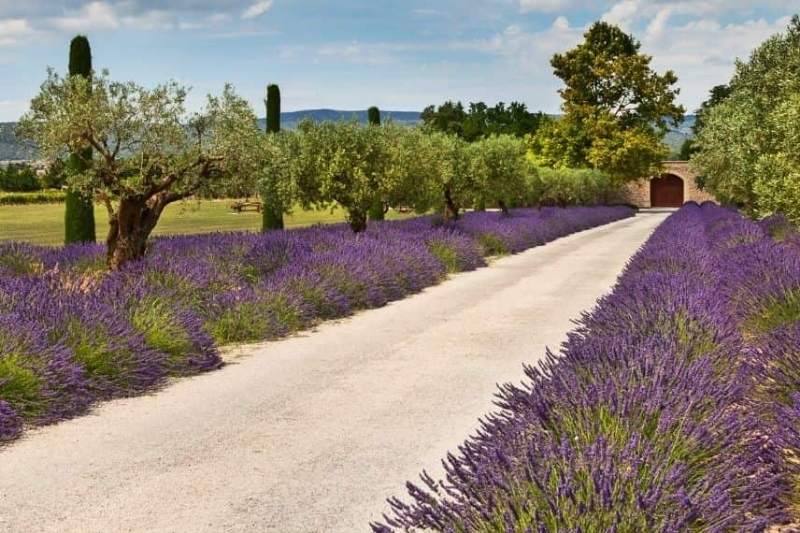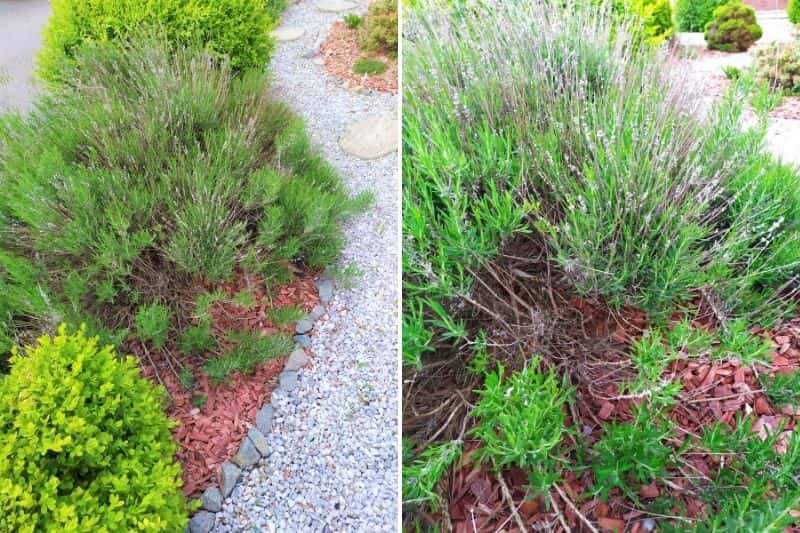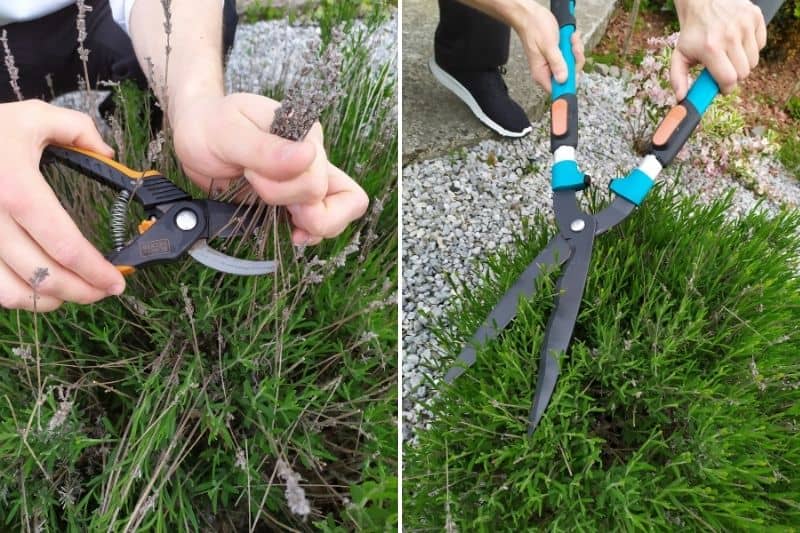Lavender, with its intoxicating fragrance, evokes summer, sunshine, and the Mediterranean. It forms a beautiful perennial undershrub, making it a must-have for dry gardens. Its charming violet, mauve, pink, or even white flower spikes bloom and perfume the garden throughout the summer. Low-maintenance and hardy, lavender thrives in well-draining soil, poor and stony. Most lavender varieties are very resilient, surviving temperatures as low as -15°C, except for the butterfly lavender (Lavandula stoechas), which suffers in cold below -5°C. Lavender should be planted in full sun and easily withstands intense heat and drought. To maintain its lovely rounded and bushy shape, lavender needs regular pruning.
Discover all our tips and explanations for successful lavender pruning!

When to prune lavender?
Lavender should be pruned every year when the flowers begin to fade, from late July to mid-August. Additionally, the pruned flowers can be used to create lovely bouquets that will perfume your home or wardrobes.
How to prune lavender?
Tools: what do you need?
You will need pruning shears and shears. Disinfect your tools with alcohol before use to prevent the spread of diseases between plants.
Why prune and maintain lavender?
Pruning lavender helps maintain a beautiful rounded shape, compact and prevents the formation of hard wood that will become bare over time, without producing new shoots. It is therefore important to act before it happens! Without maintenance, lavender will become straggly, sparse, and grey in places. Moreover, pruning lavender prevents premature ageing of the plant and extends its lifespan by encouraging branching. Thinning it out also helps avoid fungal diseases. Use the flowers to make small bouquets or scented sachets that act as moth repellents. As my grandmother likes to say: "When you have lavender in the cupboard, moths flee in a hurry!"

Formative pruning
This is done on young plants planted in the same year. Using pruning shears or shears, trim any overly exuberant young branches and shape your lavender into a rounded form. This encourages a dense shape and branching in the young plant. To avoid weakening it, ensure you do not cut back more than half its height.
Maintenance pruning
This helps mature plants retain a rounded shape and prevents lavender from becoming bare.
- Gather the flower stems into bunches and cut them with pruning shears. The bouquets can be kept to perfume your home. Tip: Pruning flowers in the evening is much less fragrant than in the morning! For a fragrant home, be an early riser!
- Next, use shears to cut back the current year's shoots by half, shaping them into a spherical form.
- Important precautions: never prune below the last green leaves and avoid cutting into the old wood of the lavender! It cannot produce new shoots. Severe pruning can be fatal!

My lavender is bare! What to do?
If your lavender is bare in places, you can remove one or two old branches. Be careful, lavender dislikes severe pruning! Proceed sparingly:
- Select an old, bare branch.
- Check that above this old branch, there are young shoots from the current year that can be pruned. Cut these young shoots by half to encourage branching. As they regrow, they will "hide" the bare branch.
- If you wish to remove the old branch, cut it at ground level.
- Apply a wound-healing product to protect your plant.
To go further:
- Discover our lavender varieties, in blue, violet, pink, and even white!
- For everything about lavender, check out our advice: planting, growing, and pruning
- Learn how to fail with lavender in 5 lessons
- Find out how to dry your lavender
- Fancy lavender in a pot? All our tips are here
































Comments